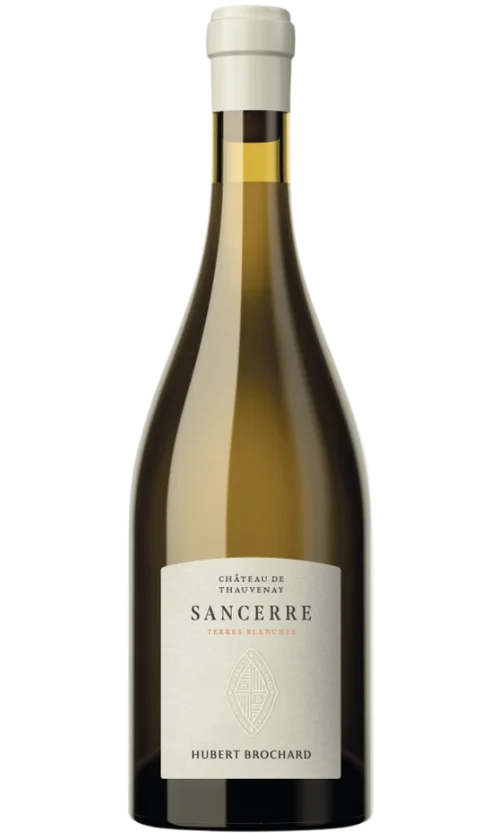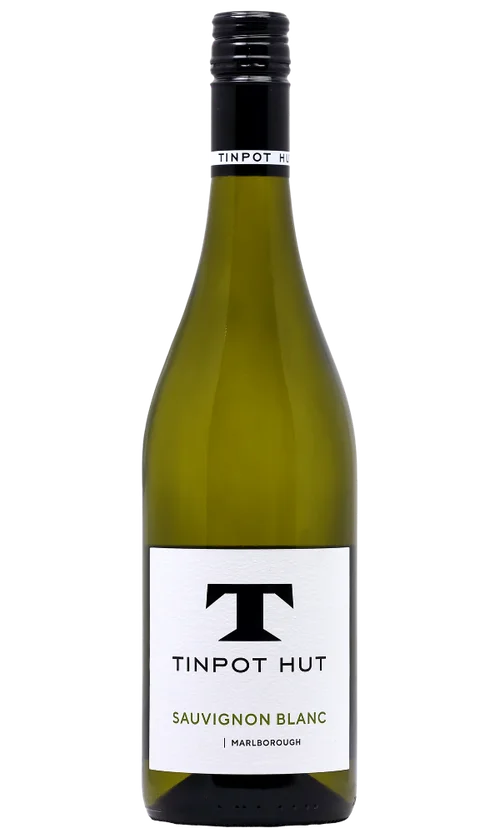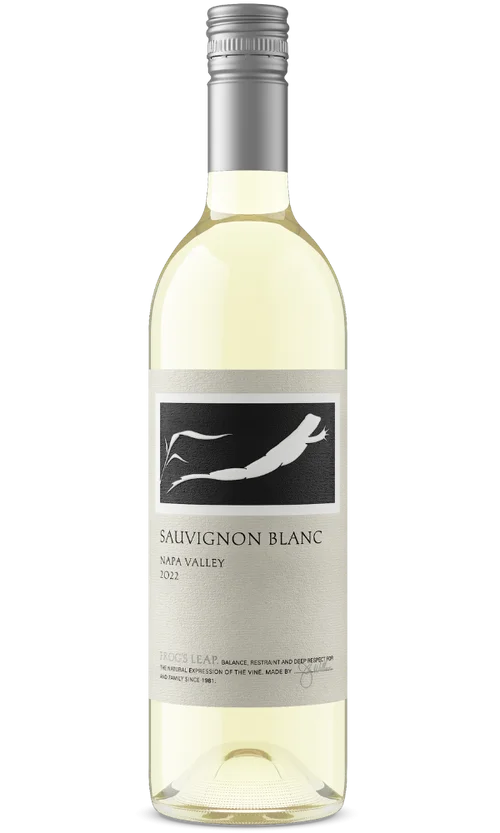About Sauvignon Blanc

Varietal Facts
Crisp, highly acidic wines with grassy, herbacious characteristics
Overview of Sauvignon Blanc
Sauvignon Blanc is most famous as the grape responsible for Sancerre and Pouilly-Fume, two of the most popular and energizing white wines of France. In the eastern portion of the Loire Valley, Sauvignon Blanc (which is often simply referred to as Sauvignon) produces bracing, aromatically pungent wines with strong citrus and gooseberry tones along with grassy and herbal notes, which in extreme cases or underripe vintages can cross over to green or herbaceous. A whiff of what the French call pipi de chat (cat pee) is also present in many Loire Valley Sauvignons; while this element can add a note of complexity in small doses, it can easily become overbearing. The best examples from the Loire Valley display clear mineral nuances and a distinctively dry chalkiness resulting from the limestone-domesticated soil.
Most high-quality Loire Sauvignon Blanc is fermented in temperature-controlled stainless steel tanks or in glass- or enamel-lined concrete tanks to preserve the vibrant, nervy quality of the wines. But some producers like to experiment with barrel fermentation and aging in small, sometimes new barriques -- with mixed and occasionally disastrous results. No other wine-producing region on earth can quite match the Loire Valley for the pungent citric/minerally/grassy style of Sauvignon (New Zealand comes closest), but many have mimicked the oaky style, and much of this latter type of wine seems to miss the point of the variety.
Characteristic of Sauvignon Blanc
Different from Sauvignon Blanc from the Loire Valley, classic Sancerre has always been characterized by vibrancy, steeliness, minerality and pronounced Sauvignon pungency. Its fruit profile tends to the citric, evoking lemon, lime and grapefruit. In riper years, or in the hands of some modernist producers, the wines are riper and rounder, more suggestive of orchard fruits like pear, quince, and apple. Whichever style one prefers, most aficionados agree that Sancerre should always be a wine of elegance, precision, and focus rather than volume and weight.
Top Regions Where Sauvignon Blanc is Produced
Most of the best producers are based in the villages of Bue and Verdigny. Chavignol, the other village with exceptional vineyards and a large number of quality-minded producers, is actually an appellation unto itself, and the wines are sometimes labeled as Chavignol rather than Sancerre. Broadly speaking, the wines of Chavignol are more powerful and intense while those of Bue and to a lesser extent Verdigny are more elegant and racy, with a subtle minerality. With rare exceptions, even the best Sancerres benefit only slightly from cellaring and are best drunk within three years of the vintage.
Sauvignon Blanc from Menetou-Salon
Menetou-Salon, located just southwest of Sancerre, yields firm-edged and very dry wines from limestone-rich soil that tend to be a bit more herbaceous and more solid than Sancerre but often represent good value. (There are also red and rose wines made here from Pinot Noir, as there are in Sancerre, but little is sold into the North American market.) The somewhat warmer Quincy appellation has historically produced rounder, more alcoholic, and less assertively citric wines than Sancerre, but a new generation of growers here is working at making more vibrant, racy wines. The same can be said about Reuilly's white wines from Sauvignon Blanc; this appellation also produces rose and Pinot Noir, most of it consumed in the local market. Farther to the west, the appellation of Touraine, surrounding the city of Tours, is a growing source of competently made and inexpensive Sauvignon (as well as red wines from Gamay, Cot, and Cabernet Franc, and whites from Chenin Blanc.)
Sauvignon Blanc from Pouilly-Fume
Compared to the wines of their more exalted neighbor Sancerre, Pouilly-Fume tends to be richer and a bit fuller-bodied, with greater aromatic pungency. The vineyards here feature more flint in the soil, producing wines that are typically broad, meaty, and less delicate than Sancerre. The most prized vineyards are especially rich in flint, or silex, which the locals claim is responsible for the smoky gunflint aroma that marks classic examples of Pouilly-Fume. As with Sancerre, Pouilly-Fume is usually best consumed during the two or three years following the vintage, before the vibrant fruit begins to fade. Broadly speaking and with the prominent exception of the wines from cult producer Didier Dagueneau, Pouilly-Fume tends to be priced in the North American market at about 20 percent less than most Sancerre, as it does not enjoy quite the same popularity.
Sauvignon Blanc from California
Sauvignon Blanc from California ranges in style from minerally, grassy, and citric wines (more akin to examples made in the Loire Valley or New Zealand) to opulent, tropical-fruity wines fermented and aged in barrels and often including a percentage of Semillon a la white Graves. Some of these latter Chardonnay wannabees seem to miss the point of Sauvignon, which is to be refreshing rather than overbearing. In recent years the brisk, citrusy style of Sauvignon has enjoyed steadily growing popularity on restaurant lists, and today there are many new plantings of Sauvignon Blanc in cooler regions -- as opposed to the valley floor of Napa Valley, where Cabernet grapes fetch a higher price anyway. Prices for Sauvignon Blanc have escalated as demand for these wines has grown. (Incidentally, Fume Blanc is used on the label by a number of producers, usually to signify a wine made in a richer barrel-fermented, oak-aged style.)
Although some examples have proven that they can last in a bottle, there's little if anything to be gained by cellaring these wines, and the overwhelming majority of California's Sauvignon Blancs are best consumed in the two or three years following the harvest.
























